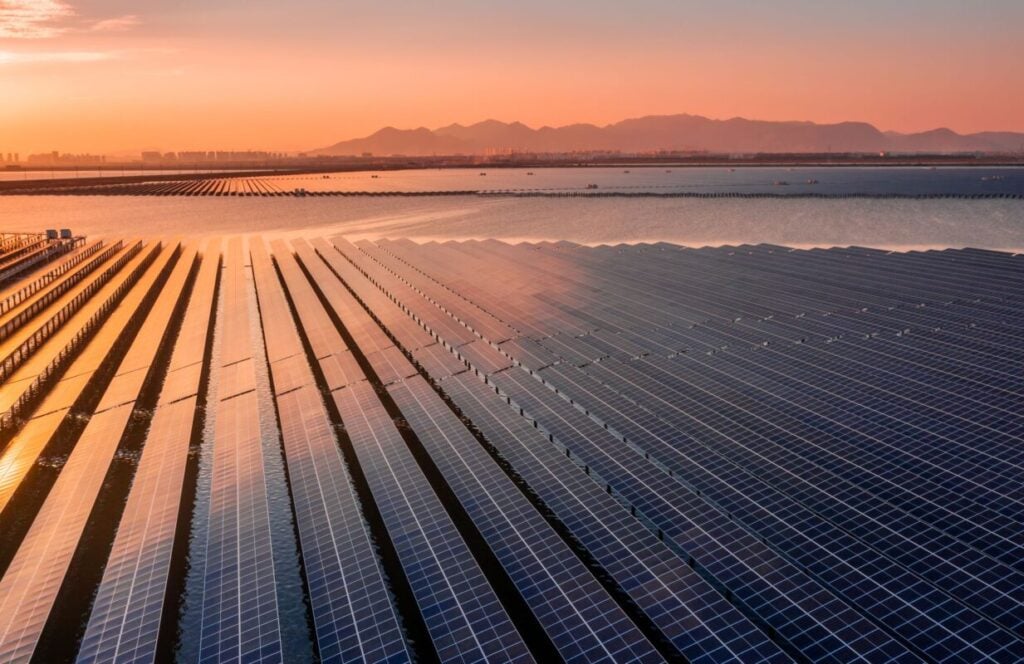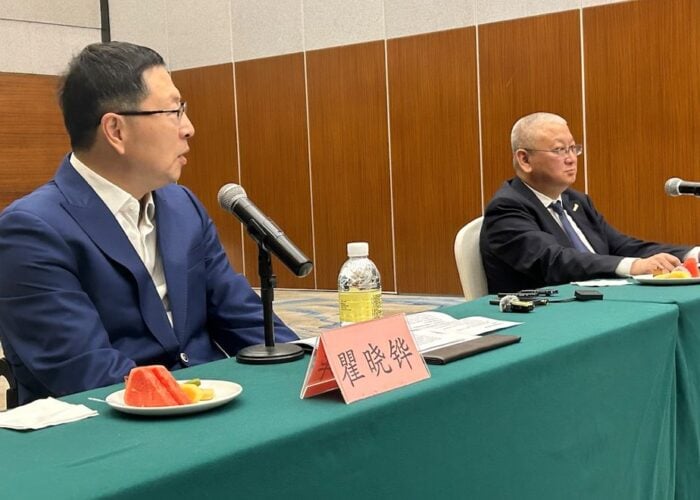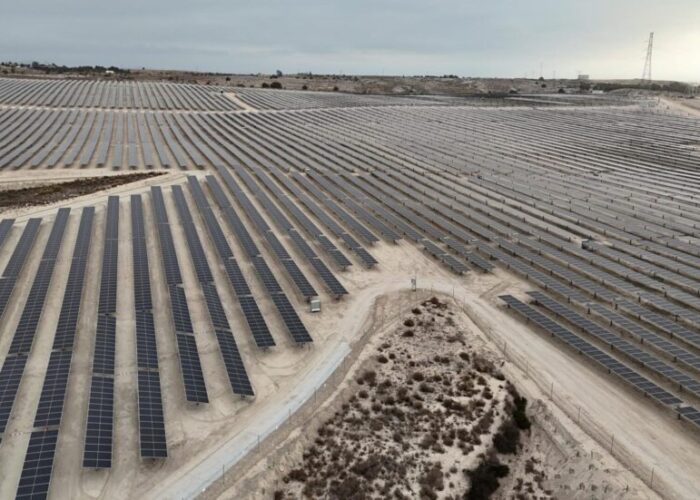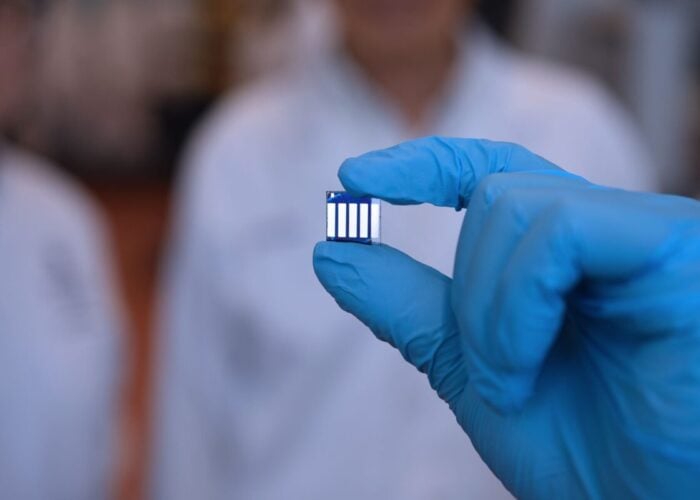
The new energy power price reform policy in China, which was implemented just over two months ago, has been impacting every market participant. This seemingly includes the state-owned engineering and construction body, PowerChina, which on 9 April 2025 issued an announcement terminating its framework procurement project for PV modules planned for 2025.
This project, with a total capacity of 51GW, was dubbed the “largest module framework procurement project in history”. Its capacity was approximately 18.4% of China’s total PV installed capacity in 2024. During the same period, PowerChina also issued a tender for 51GW of inverters.
Unlock unlimited access for 12 whole months of distinctive global analysis
Photovoltaics International is now included.
- Regular insight and analysis of the industry’s biggest developments
- In-depth interviews with the industry’s leading figures
- Unlimited digital access to the PV Tech Power journal catalogue
- Unlimited digital access to the Photovoltaics International journal catalogue
- Access to more than 1,000 technical papers
- Discounts on Solar Media’s portfolio of events, in-person and virtual
Or continue reading this article for free
In its announcement on the termination, PowerChina said that adjustments to the new energy power price policy and other factors had altered the company’s procurement needs, prompting the decision to terminate the project.
In December 2024, PowerChina released the bidding results for its 2025 PV module framework procurement project. The bid prices in Lot 1 mainly ranged from RMB0.62 to 0.703/W (US$0.085-0.096)
At that time, Liu Yiyang, deputy secretary-general of the China PV Industry Association, pointed out in a statement that, using the cost reference price of RMB0.69/W as the red line, all bids from leading and major industry players were above this threshold. This demonstrated the market-based pricing strategy of China’s leading PV manufacturers despite low industry chain prices, indicating their avoidance of price wars.
However, just as signs of easing price competition emerged in the PV market, the policy adjustments prompted PowerChina to take a more cautious approach to its investment decisions.
In February 2025, the National Development and Reform Commission (NDRC) and the National Energy Administration (NEA) issued the Notice on Deepening the Market-Oriented Reform of New Energy Feed-in Tariffs to Promote High-Quality Development of New Energy (referred to as Document No.136). This explicitly stated that the electricity generated by new energy projects, including PV, should, in principle, be fully integrated into the power market, with feed-in tariffs determined through market transactions. This signifies the official end of the fixed feed-in tariff era for new energy.
The new policy sets 1 June 2025 as the cutoff date, implementing a “new-old separation” approach to drive the comprehensive marketisation of new energy projects. This means that distributed PV projects, which previously benefited from guaranteed purchase policies, will now face direct market competition, leading to significantly increased price volatility. In the future, new energy tariffs will shift from “government-set pricing” to “market-driven pricing,” introducing greater uncertainty.
When explaining the termination of its PV module procurement project, PowerChina specifically cited the impact of this policy. As China’s largest power engineering contractor, PowerChina had to reassess the scale and timing of its procurement because power price fluctuations had become the norm.
Furthermore, Document No.136 has accelerated PV equipment price volatility. Since the beginning of this year, China’s distributed PV market has experienced a temporary “rush-installation” boom, reversing the previous sluggish trend in module prices. Starting in February, prices saw consecutive increases, with TOPCon module prices climbing from RMB0.6 to 0.8/W. Most manufacturers’ quotations were generally above RMB0.75/W
However, as the 31 May deadline approaches, this momentum has gradually waned. On 17 April, InfoLink Consulting noted in its analysis that the rush-installation demand had declined, supply chain prices had softened and module prices had begun to drop. New orders for distributed projects settled between RMB0.69 and 0.75/W while high-price transactions had also rapidly shrunk.
The heightened volatility in PV equipment prices has become another key reason for PowerChina’s termination of the project, as the company needs to reassess the profitability and risks of its investments. The decision to halt procurement at this stage reflects not only considerations about cost fluctuations but also a cautious outlook on future market trends. Post the installation rush, module prices may resume declining, potentially exposing large-scale procurement to asset impairment risks.
Under the new policy, investors in new energy projects also need a period of adjustment and adaptation. PowerChina’s termination of its module procurement reflects the dual uncertainties of policy and market facing the new energy industry.
Zhang Chuanming, chairman of Jiuzhou Energy Co., Ltd., said in an interview: “Power price uncertainty could lead to a period of disorientation for new energy investors in yield calculations. Especially for state-owned enterprises with prudent operations, a process of relearning and reassessment is necessary. In the long run, market-based pricing won’t necessarily lead to a significant drop in selling prices. After one or two years of adaptation, the market will continue to advance with confidence.”
In his view, the market-oriented reform of new energy feed-in tariffs will reshape the investment logic for renewable energy, making refined asset operation and management across the entire project lifecycle a key focus for enterprises.
At a PV industry outlook seminar, Wang Beibei, director of the Economic Evaluation Center at PowerChina Northwest Engineering Corporation Limited, said that the traditional investment logic for new energy projects had primarily been based on the internal rate of return (IRR) analysis of cash inflows and outflows. Cash inflows were mainly determined by feed-in tariff volume, fixed tariffs and other subsidy income – relatively singular and stable factors.
In the context of power market liberalisation, the cash inflows of renewable energy projects primarily consist of traded electricity volume, transaction prices, revenue from ancillary services and green certificate/carbon trading. These four elements are influenced by multiple factors, including resource endowment, consumption, load matching, regional scale, energy storage configuration, trading strategies and policy adjustments – all of which impact project cash flows.
“New energy projects must implement refined, full-process management. Companies should strive to increase revenue and reduce costs to ensure higher risk resilience, even when facing power price volatility risks during market-based power trading,” Wang Beibei remarked. Against this backdrop, more power companies may reassess their PV equipment procurement strategies in







